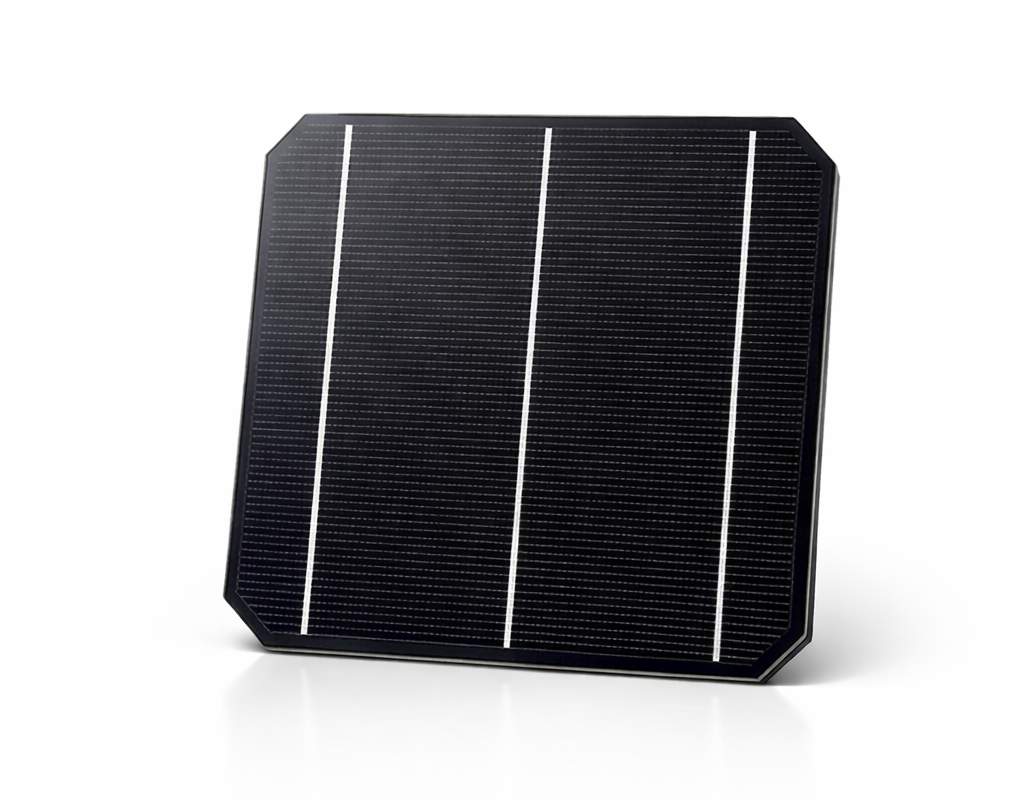From pv magazine 01/2021
The global community is looking to the United States, as the market is taking a leading role in building out battery storage capacity and longer duration systems. And with talks of a transition to 100% clean energy, the marriage of solar+storage will become even stronger for the market in the years to come. Similar to solar, the U.S. battery energy storage market presented strong numbers in 2020, despite the global pandemic.
Upward trajectory
Independent analysts have continued to revise their forecasts upward from initial projections when Covid-19 hit, and the momentum will continue to grow significantly over the next three years. For hybrid solar+storage projects, IHS Markit predicts 15 GW of utility-scale solar to be developed through to 2022, accompanied by 8 GW of utility-scale storage. State mandates and aggressive renewable portfolio standards (RPS) are playing a role in creating long-term certainty for the marriage of solar+storage.
Beyond coupling the technologies, battery energy storage is stepping up to support the grid with peaker plant replacement and enhancements to transmission and distribution networks. Serving as a low-carbon solution to meet peak grid demand and offer flexibility, battery energy storage is “really a crucial part of the energy transition helping to meet clean peak demand over the coming decades,” said IHS Markit energy storage analyst Julian Jansen. But experts warn of risks in moving too quickly – and the need for the industry accelerate its progression towards greater maturity, to be ready for the coming primetime.
Not there yet
With the immense growth of solar PV, which has historically been used to back up the grid, today the technology is becoming its own backup, and is making the reliable transition to power critical loads, Jigar Shah – president and co-founder of sustainable infrastructure investment company Generate Capital –explained in his opening remarks at the Roundtables USA event. He referenced the recent California Energy Commission (CEC) decision to support 650 MW of new diesel generators in Silicon Valley, and noted that the commissioners “were not convinced that solar with natural gas engines and with batteries were capable of providing the level of service necessary to meet the needs of the massive California economy.”
Shah said that while there is a move away from natural gas as a critical fuel to power the grid, we are not there yet. He explained that the software available today to sit on top of the battery hardware is still not ready to go for solar+storage to realise its full potential. “I want to make sure that we’re all cognizant of where we are, which is that we have all the puzzle pieces to make this work,” he said. “But we don’t quite have the respect of the banking sector and the finance sector to really be able to deploy this at scale.”
Overcoming doubts
Shah referenced the doubts holding back solar+storage. “Whether it’s the CEC, the California Independent System Operators (CAISO), or the city of New York, or Washington, D.C., I would say that our industry has not done a good job of proving to the powers that be that we can meet a certain threshold,” he said. He added that brands matter when talking about leveling up to power entire cities, towns, or military bases.
While the U.S. solar PV market has primarily been built out by small companies, larger players such as Wärtsilä, Lockheed Martin, Schneider Electric, and Northrop Grumman are the ones that have been accepted by military bases to provide backup power. He suggests that the industry needs heavyweights, such as NextEra and EDF, to prove that they can provide this level of reliability. “My sense is that we will have to think clearly and deeply about what it will take to convince people to bet the entire livelihood of their communities on our technologies. We have not yet hit that threshold,” said Shah. “And when we attempt to hit that threshold, I think we as an industry will have arrived and will be able to unlock this next trillion-dollar opportunity.”
Storage standards
Flexibility and adaptability in a power system have been heralded as key features needed in the face of variable power production. These can only be attained by meticulous real-time control over each asset’s response to power system variables. Utilities and system operators will manage how the assets are activated, and with the market awash with products and solutions, standardizing system communication is a critical task.
Trimark Associate’s VP of technology and development, Bora Akyol, drew attention to the Modular Energy Storage Architecture (MESA) standards, calling for open standards for energy storage and the integration of energy storage with other renewable assets. MESA has deployed two sets of specifications. One is focused on communication between utilities and the energy storage control assets that perform that real-time control, and the other is a master device specification working with SunSpec standards, focused on communication operations inside the plant. Akyol said these are both equally important to reduce risks in large-scale utility storage projects, with recent U.S. storage projects announced running into the hundreds of millions of dollars, providing hundreds of megawatts with four to five-hour durations.
“With that, you want to make sure that you have components in there that implement open, interoperable standards so that you can deploy them with minimal risk,” Akyol said. He cautioned that without specific standards, the transition could be risky.
Call for mandates
Referencing the 29 GW in the CAISO queue of solar+storage combined plants, Akyol warned that “if we didn’t have an open, interoperable standard and every plant did something different, it would be very difficult for us to integrate that into the grid.” By controlling these plants with grid operation method standards, risk can be reduced by lessening the time required for distributed energy resources (DERs) to come online.
Aside from communications, he said that control operations to be performed, such as frequency support, voltage support, and battery state-of-charge management, can also be specified. Trimark Associates is advocating that utilities and those procuring power from these plants must insist on standards to make the transition easier. “And they are perfectly positioned, because at the end of the day they are the offtakers or the reliability entity. They can basically just ask for it, and in certain cases, they can mandate them as part of their procurement process. And this is nothing new.”
Risk factor
The energy storage system is only going to perform as well as the battery installed within it, and this potentially represents the greatest risk to safety, noted Ian Gregory, managing director of PI Berlin North America. The company has been in the business of providing solar module factory audits for years and is among the first to expand this approach to battery manufacturing.
“Batteries look like a black box from the outside, but inside they’re very complex. There are many parts within a battery, within the processes used to make it, that can hide quality problems,” he said. And with battery technology changing rapidly, new risks are introduced to quality in factories and product design.
Assessing quality
PI Berlin is conducting deep-dive assessments of the manufacturing processes in factories and reviewing all operations behind the assembly of the battery, from initial chemicals and basic materials through to the finished product. It aims to provide the downstream market with actionable findings to work on mitigating risks before deploying batteries in storage systems.
“The benefit of looking at the battery itself as distinct from the rest of its storage system is that once you’ve looked at that battery, wherever you deploy that same battery and other systems, you can leverage that same knowledge about the quality of the battery you’re dealing with, the battery manufacturing process,” said Gregory. He noted that with more than 170 processes, and with many different materials involved, purities, homogeneity, and quality checks throughout the process are extremely important. The audits require structured and thoughtful detailed step-by-step analysis to understand where poor quality might be hiding within a given battery. After assessments, PI Berlin then provides the downstream market with quality ratings to demonstrate how different batteries stack up against one another.
Responsible deployment
A large number of manufacturers in Asia are jumping on the storage bandwagon, creating more competition on costs. Gregory said that low-cost batteries are tempting for developers and utilities to use, but are also accompanied by fears.
“We want to understand the manufacturing quality and the testing to assure it, and really want to do a deep dive on bankability and due diligence, as part of technology selection,” said Emily Arnold, VP of engineering at the nation’s largest solar+storage developer, 8minute Solar Energy. “You can’t just pick the cheapest technology because we’re not looking at just a quick fix, we’re looking at the lifetime of the project and through the PPA term.”
By Erica Johnson
This content is protected by copyright and may not be reused. If you want to cooperate with us and would like to reuse some of our content, please contact: editors@pv-magazine.com.



The repeated sidelining of off-river or piggybacked pumped hydro is more than annoying: it risks biased and inefficient decisions.Clearly work needs to be done urgently to create a permitting régime that is specific to the technology and does not burden it with unnecessary rules designed for typically bigger flow hydro projects with far greater impacts on river ecosystems. The technology is mature and very reliable. For the moment it looks cheaper at scale than any batteries, though this may change. I suspect there’s a cultural problem: solar and wind developers are used to 2-year planing horizons, and the 5 years for pumped hydro looks impossibly long to them. But it should not to utilities.